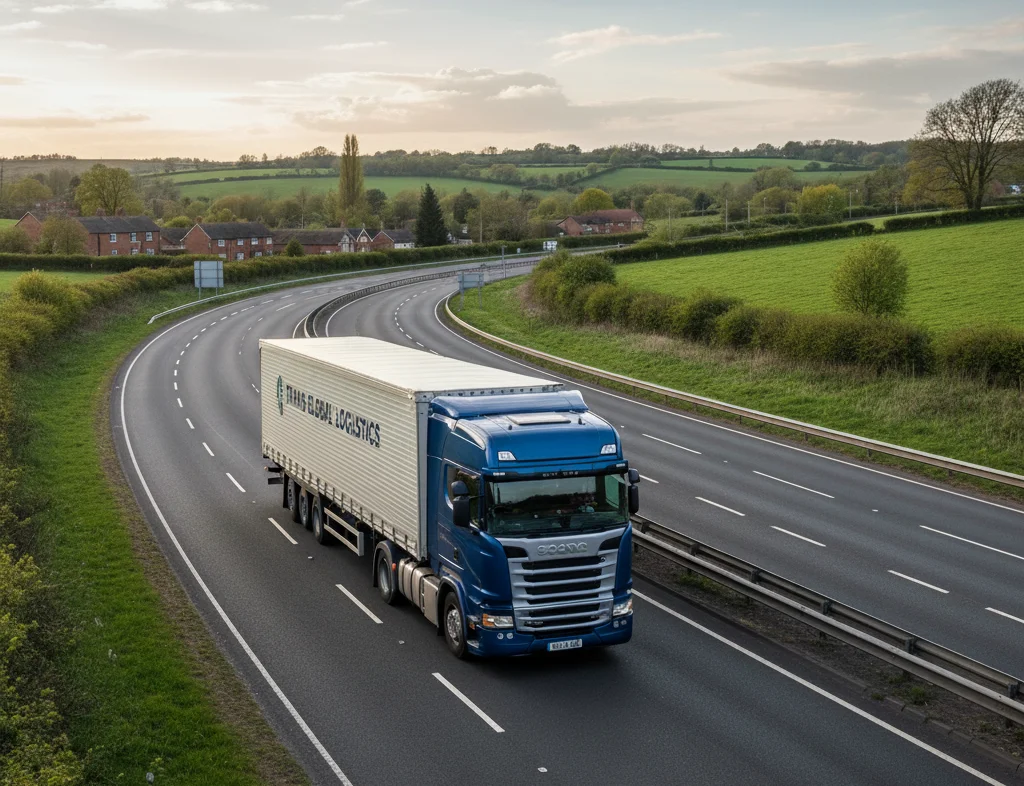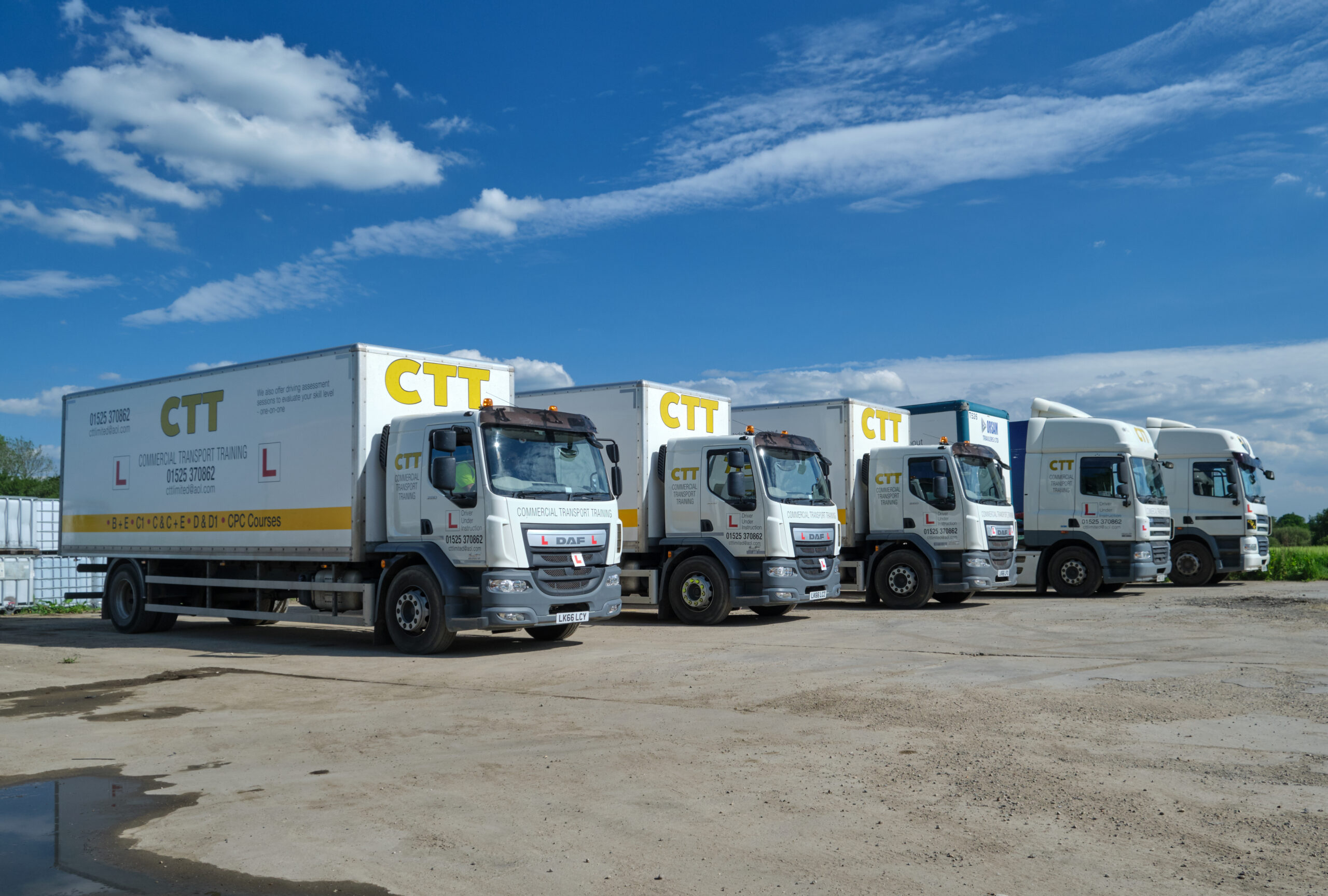Hazardous goods training teaches drivers how to safely transport dangerous materials by road. This blog explains what the training involves, why it’s essential for legal compliance and public safety, and how it prepares drivers for real-world emergencies. It covers key topics like ADR certification, situational awareness, emergency procedures and the value of proper preparation.
Transporting hazardous goods isn’t just about getting from A to B. It’s about doing it safely, legally and with full awareness of the invisible risks you carry. Sometimes flammable, sometimes toxic, often both. That’s why hazardous goods training exists. Not as a box to tick, but as a lifeline, both for drivers and the public.
So what exactly does this training involve, and why is it such an important part of the commercial transport world?
Real Life, Not Just Regulation
When most people hear the word “training,” they think of classrooms, paperwork and PowerPoint presentations. But hazardous goods training isn’t just another dry theory. It’s grounded in real-life situations. What happens if a container leaks? How do you handle a rollover with chemicals onboard? How do you speak to emergency services when every second matters?
These are situations that many drivers have faced in the past. And more drivers will face them again.
Knowing the Law (And Where It Bites)
The rules around transporting dangerous goods are not optional. Under UK law, most drivers handling dangerous goods must hold an ADR certificate. The training prepares you for this, covering everything from the classification of substances to correct placarding and documentation.
More than passing a test, the course helps you understand why the rules exist. Why certain chemicals can’t sit next to each other in a container. Why temperature control matters. Why paperwork errors can cost thousands. Or worse!
Situational Awareness: The Skill No One Talks About
What separates a good driver from a great one? Awareness.
Hazardous goods training hones your ability to scan for risk. Not just on the road, but in depots, at delivery sites, or even while parked at a service station. You learn to ask the right questions.
Is this load properly secured?
Have I inspected my PPE recently?
Is this a high-crime area for theft?
These aren’t academic questions. They’re survival instincts. And training helps develop them before you ever need to use them.
Real World Scenarios: Where the Learning Sticks
One of the most valuable parts of any hazardous goods training course is the use of case studies. Real accidents. Real decisions. Real consequences.
You’ll look at incidents where things went wrong. Tanker fires, chemical leaks, missed red flags. It’s not meant to scare you. It’s meant to show you that good training can break the chain of bad events.
This is where theory becomes memory. The kind that sticks with you long after the course is over.
What You Actually Learn in Hazardous Goods Training
A standard ADR training course in the UK typically covers:
Classification of dangerous goods
Labelling and documentation
Loading and unloading procedures
Fire prevention and control
Vehicle types and safety features
Emergency procedures
Every module is there for a reason. And every skill adds to your toolkit. Not just to make you compliant, but to make you capable.
Employers Take It Seriously (And So Should You)
In a competitive job market, hazardous goods training isn’t just a safety requirement. It’s a career asset. Employers value drivers with ADR certification because it shows discipline, attention to detail and a higher level of responsibility.
In some cases, it’s the difference between a standard job and a specialist one. Or between a local route and a European one.
Not Just for Tanker Drivers
There’s a common myth that hazardous goods training is only for those handling massive tankers full of petrol or chemicals. Not true.
You might be delivering aerosols to shops. Paint to a decorator’s merchant. Cleaning supplies to a school. Any of these could fall under dangerous goods regulations depending on quantity and classification.
So if you’re a van driver, a warehouse loader, or even an operations manager, this training could apply to your role more than you think.
Final Thoughts: It’s About Control in Chaos
When something goes wrong in hazardous goods transport, it often goes very wrong. But trained drivers have one key advantage. They don’t panic. Because they’ve been taught what to do, how to think, and when to act.
And that’s the real value of hazardous goods training. It doesn’t just prepare you for the test. It prepares you for the day when the test becomes real. And you’re the one people are counting on to do it right. If you are a commercial driver or manage a fleet, book your hazardous goods training with CTT today! We are located close to Leighton Buzzard and fully qualified experts in the field, happy to help train drivers at any stage of their career. For any further information for HGV and LGV drivers, please see our information pack here.





